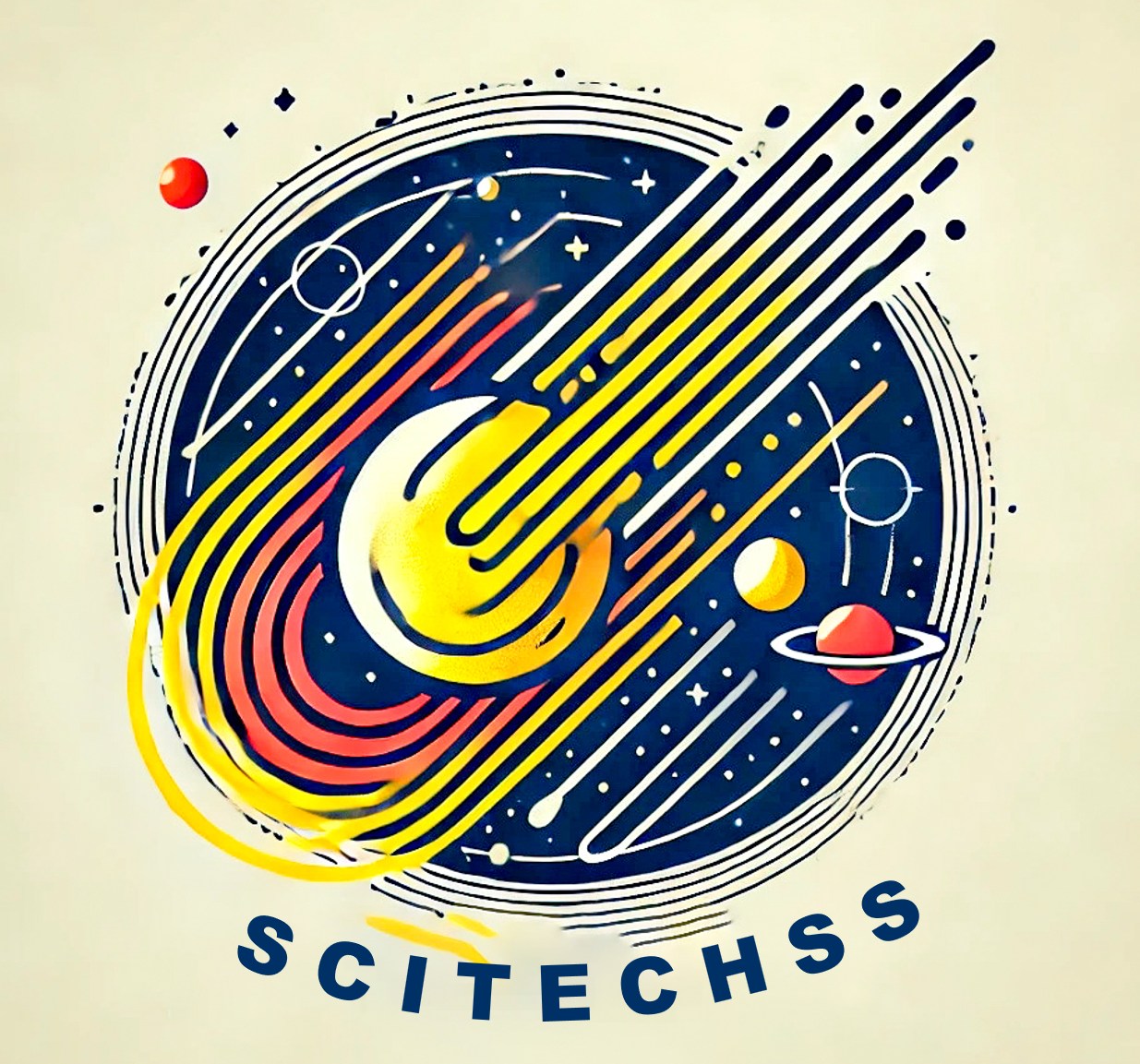-
How to scrutinize the brightest lunar impact flash recorded from Earth
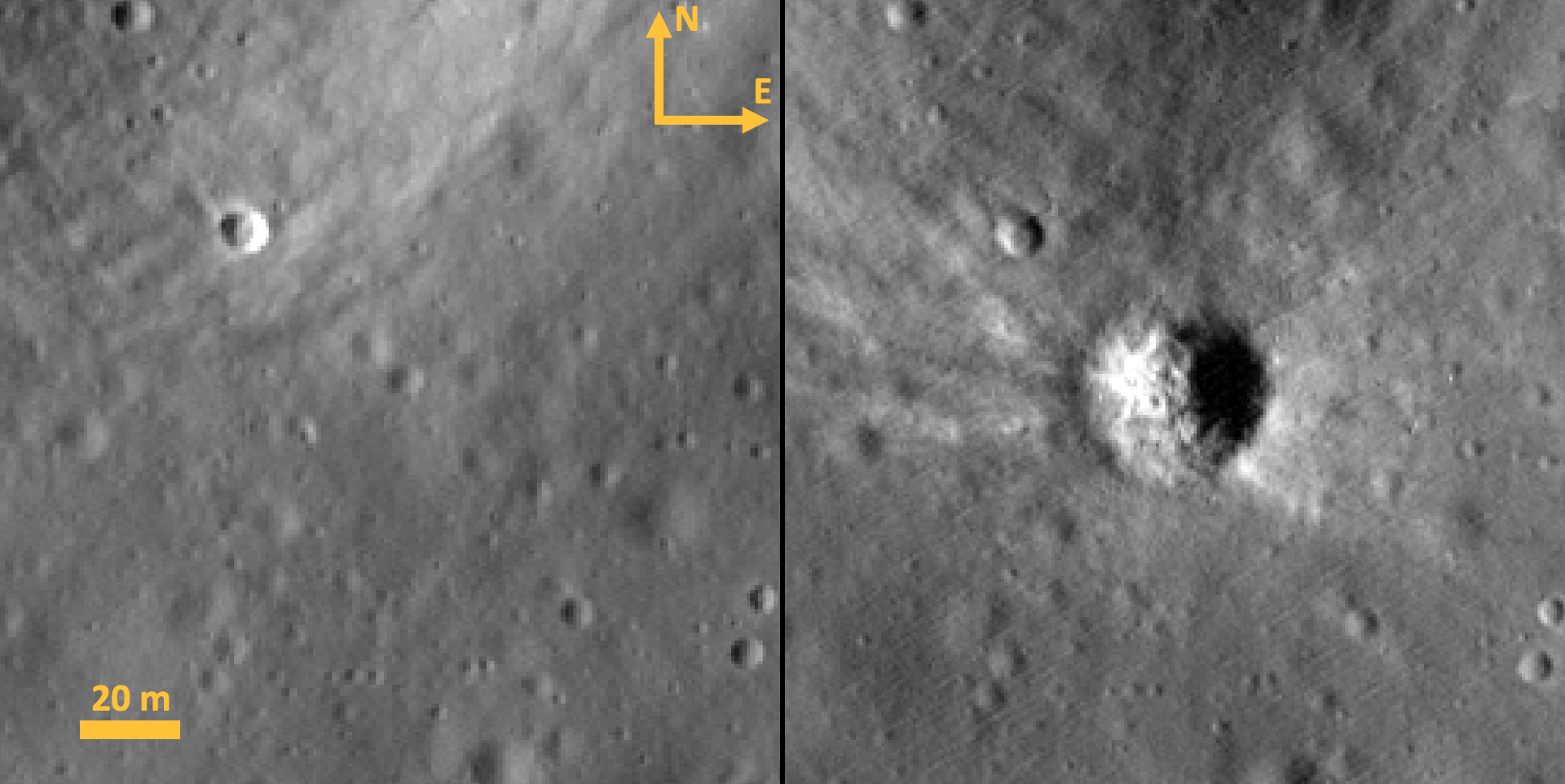
A member of our group has led the first comprehensive morphological and spectral analysis of the largest lunar impact detected to date, an event that occurred on 11 September 2013, which was originally identified by IAA researchers through the MIDAS project. More than a decade later, the IAA has taken the investigation a step further…
-
Light curve simulation in an open-access web tool!!!

Researchers from the Instituto de Astrofísica de Andalucía (IAA-CSIC) have developed a new open-access web tool that allows the simulation and analysis of light curves of asteroids and other small Solar System bodies. The work has been published in Astronomy & Astrophysics (A&A) (DOI: 10.1051/0004-6361/202556525). The article, titled “An Open-Access Web Tool for Light…
-
Methane and ozone: aiding and complicating the search for life in the Universe
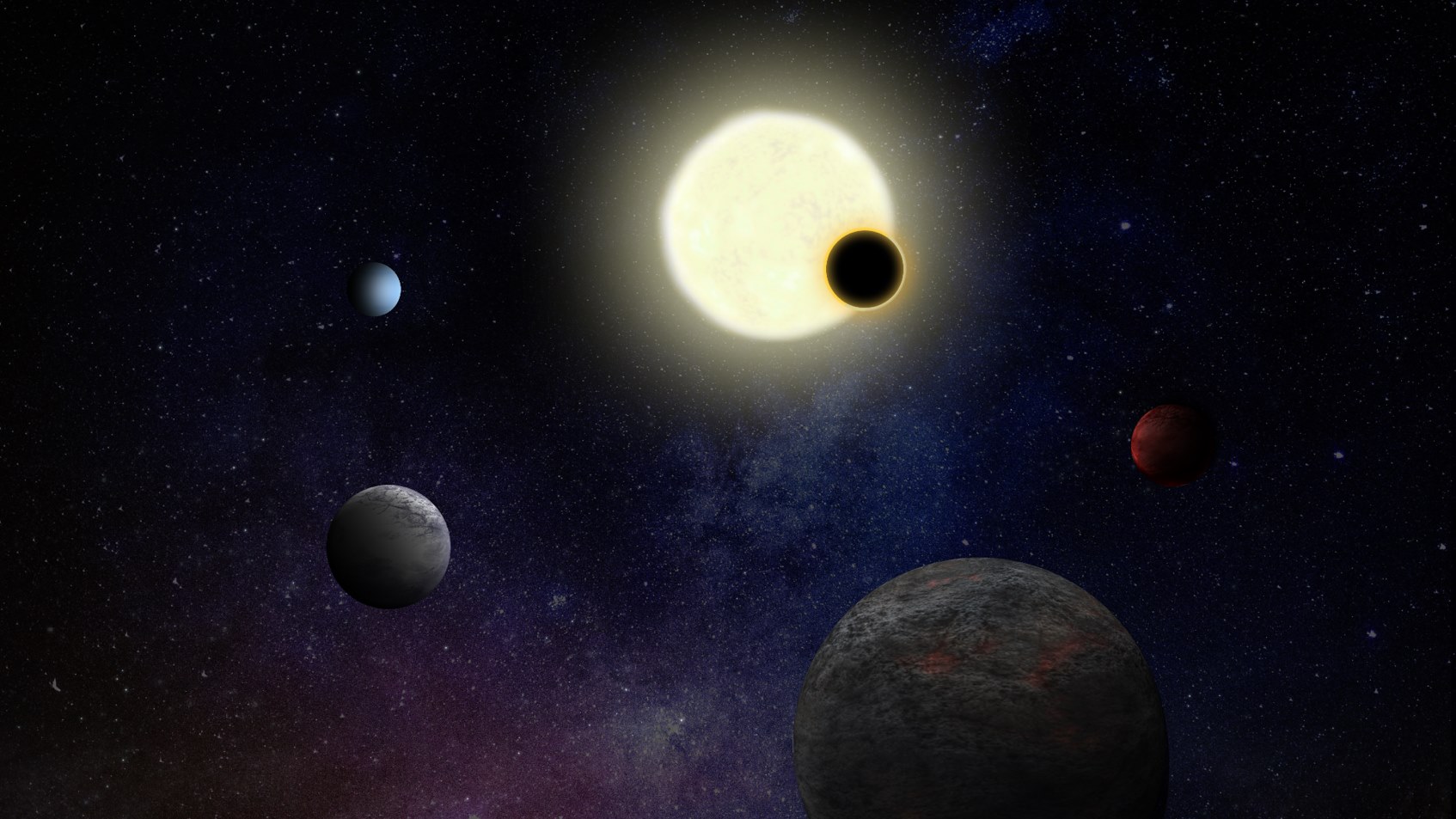
We must prepare to search for life in the Universe With the first light of the Extremely Large Telescope (ELT) on the horizon, as well as multiple next-generation mission concepts in development, we will soon be able to search for life in the Universe with more sensitive tools than ever. However, technological advances alone are…
-
SCITECHSS group goes to EPSC-DPS 2025
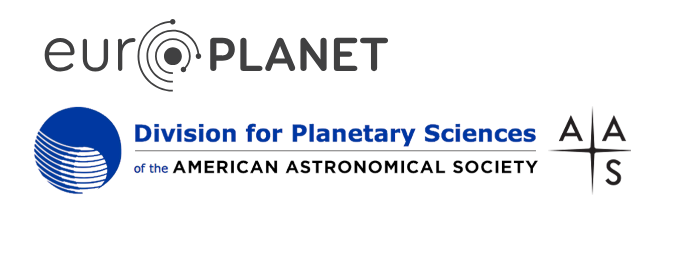
This is going to be a little bit longer post as SCITECHSS group has attended the EPSC-DPS 2025. Our PhD student Irene Mariblanca-Escalona presented the latest results from our comet observations. Her contribution highlighted the group’s ongoing work to measure the dust-to-gas ratio in comets, an observable that links coma measurements to the interior composition…
-
An interestellar object is visiting us!!! Its name, 3I/ATLAS
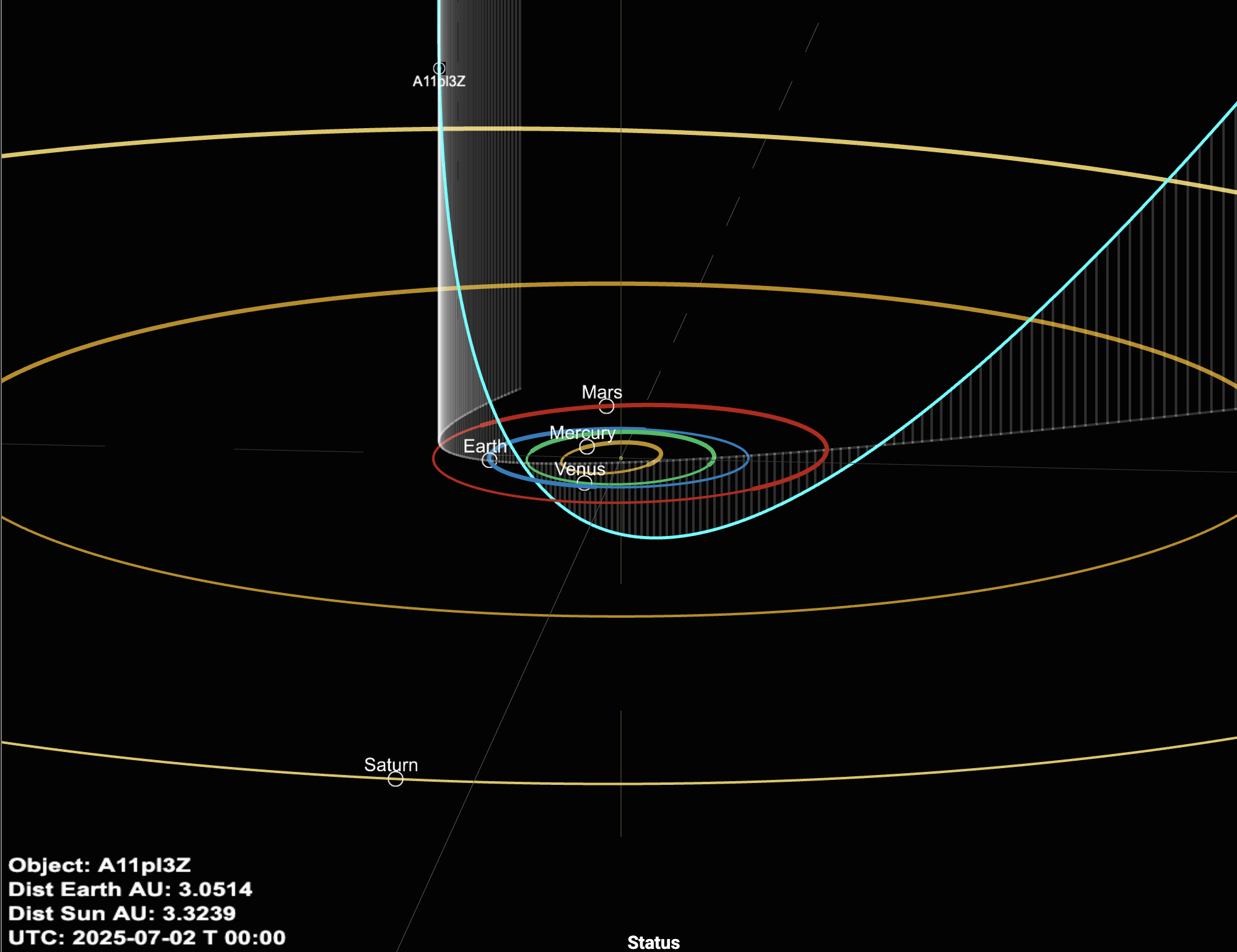
A new interstellar visitor, 3I/ATLAS (provisionally designated A11pl3Z), was discovered on July 1, 2025, by the Asteroid Terrestrial-impact Last Alert System (ATLAS) survey, at a heliocentric distance of 4.53 AU. It was confirmed as an interstellar object due to its hyperbolic trajectory, with an eccentricity of 6.1, indicating that it is not gravitationally bound to…
-
Cometary activity challenges scientists: difficult to find a balance in the models between no activity models and too much activity
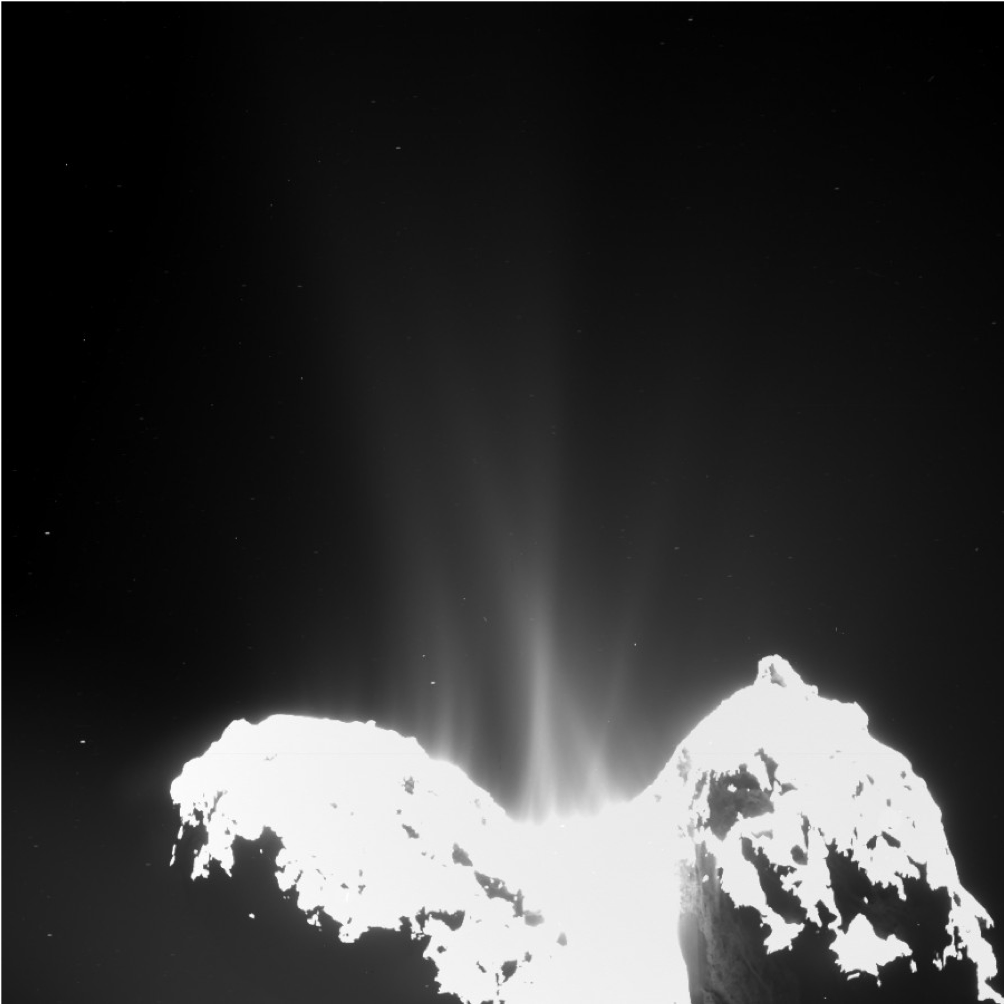
Authors, led by Nicholas Attree in the SCITECHSS group at IAA – CSIC, and in Germany (Technische Universiät Braunschweig, Universität Münster, and the Max-Planck-Institut für Sonnensystemforschung), have published a new paper on thermophysical modelling of comet 67P/Churyumov-Gerasimenko. Studying comets is important because they contain some of the most pristine material to be found anywhere in…
-
Laughing gas and the search for life in the Universe

Are we alone in the Universe? For the first time in human history, we are on the verge of characterising the atmospheres of distant rocky worlds that could resemble our own Earth. We will be able to search these atmospheres for signs of life, which we call biosignatures. Molecular oxygen (O2), which currently makes up…
-
VenSpec Suite: delivery of the Pre-EM hardware for the CCU and VenSpec-H Channel
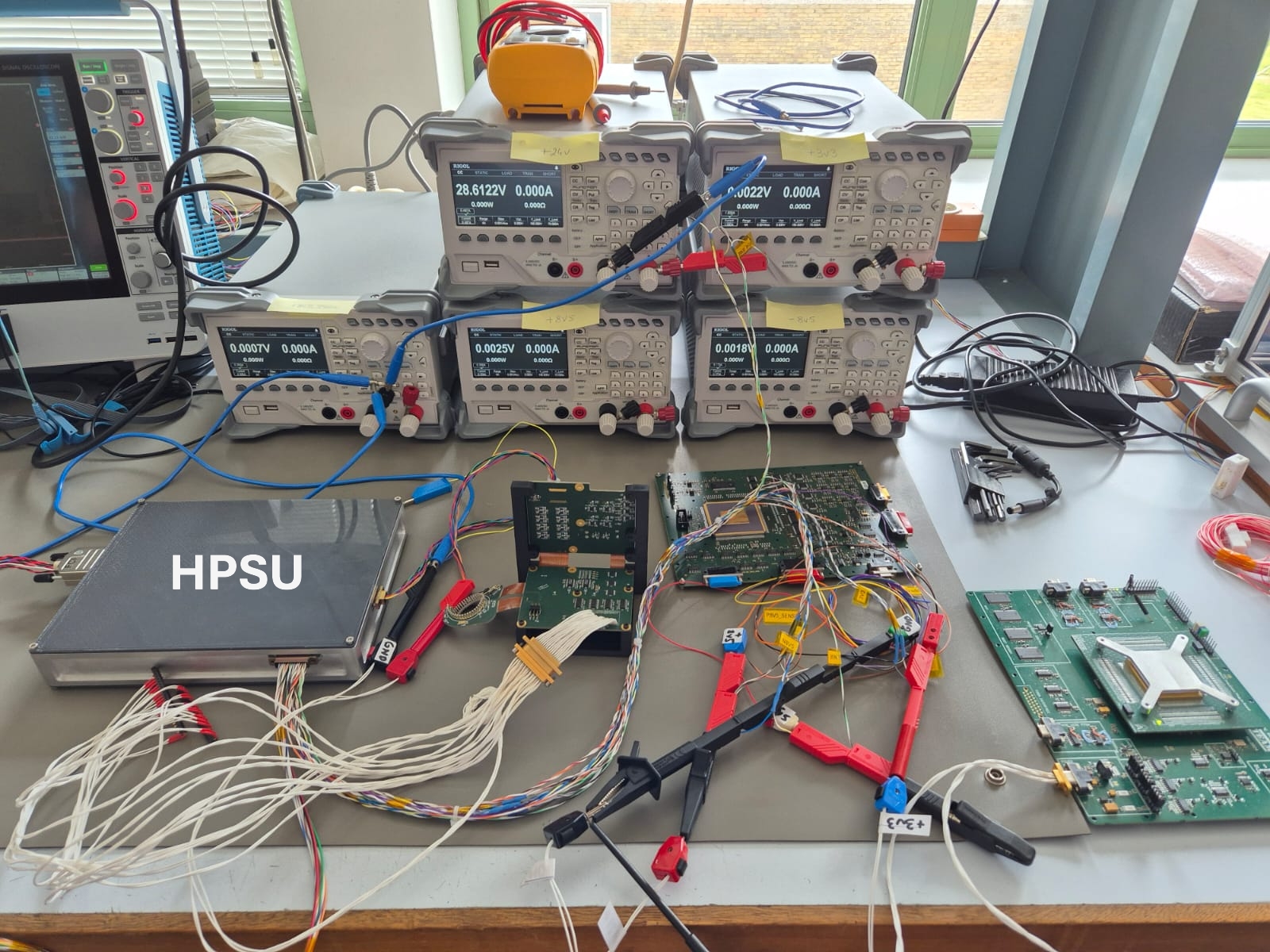
Scheduled for launch in November 2031, EnVision is ESA’s next medium-class mission to Venus. Its goal is to trace the planet’s evolution “from core to cloud tops” and to understand why Earth’s twin followed such a radically different path. The payload combines a powerful S-band radar (VenSAR), a subsurface sounder, radio-science experiments, and the three-channel…
-
The newly determined tidal deformation of Mercury favors a small to medium-sized solid inner core
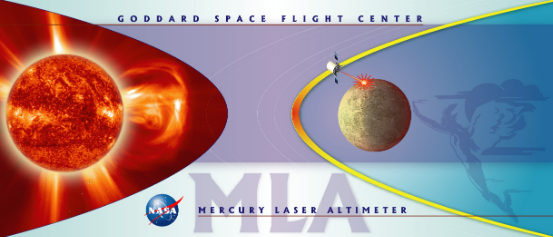
Featuring an eccentricity of ~0.21, Mercury’s orbit is the most elliptical among all the planets in the Solar System. During Mercury’s journey around the Sun, the varying gravitational pull periodically stretches and squeezes the planet, leading to observable surface radial tidal deformation (peak-to-peak amplitude of around 0.6 m at the polar regions and 2 m…
-
The atmosphere of this planet is hotter than the surface of the Sun!
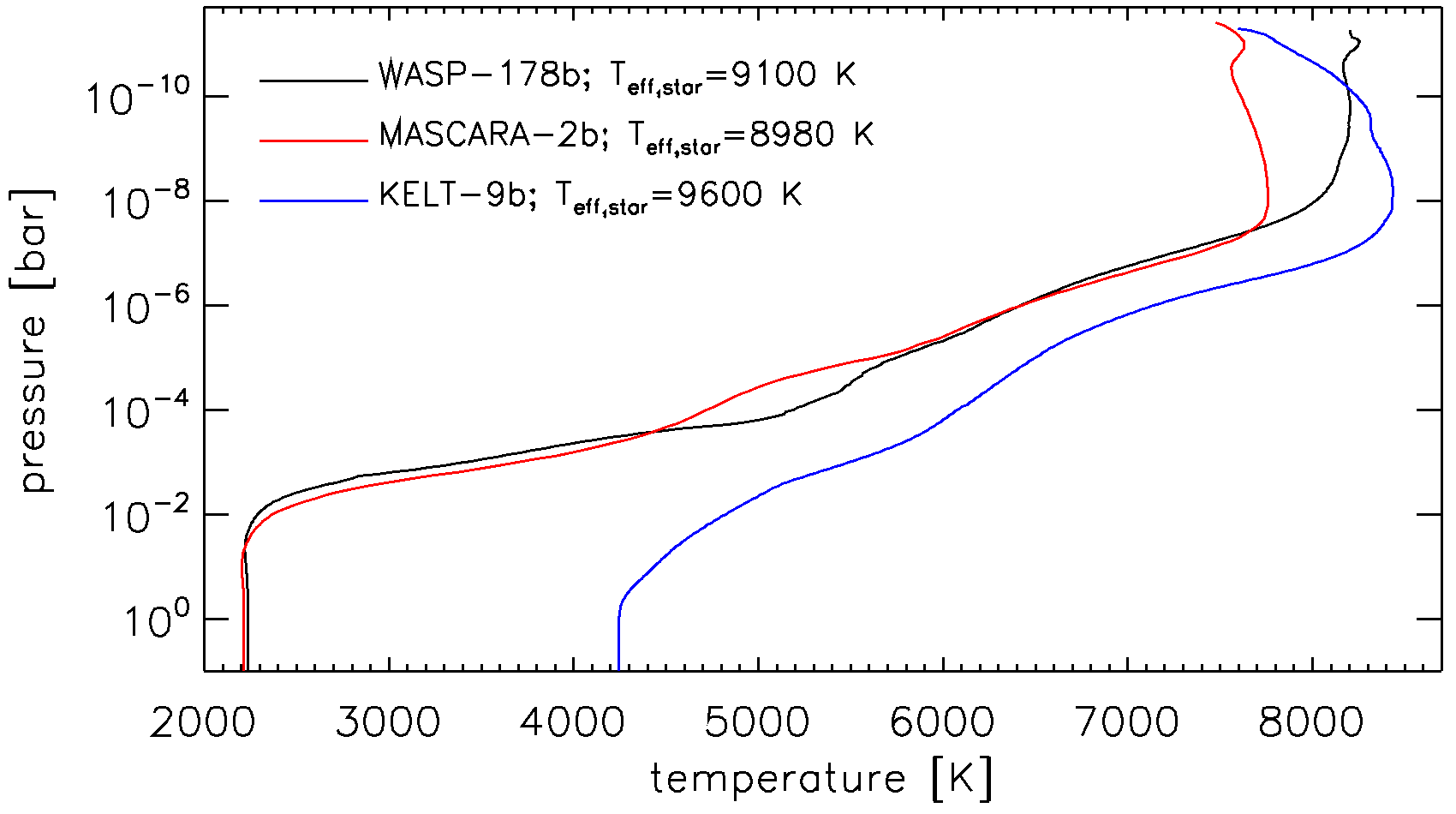
Our team participated in the analysis of an ultra-hot Jupiter WASP-178b, led by Dr. Luca Fossati from Graz (Austria), and collaborators. This is the third study by the research team on similar hot planets, where direct models accounting for Non-Local Thermodynamic Equilibrium (NLTE) are used to constrain the planet’s atmospheric temperature, abundances, and mass loss…
